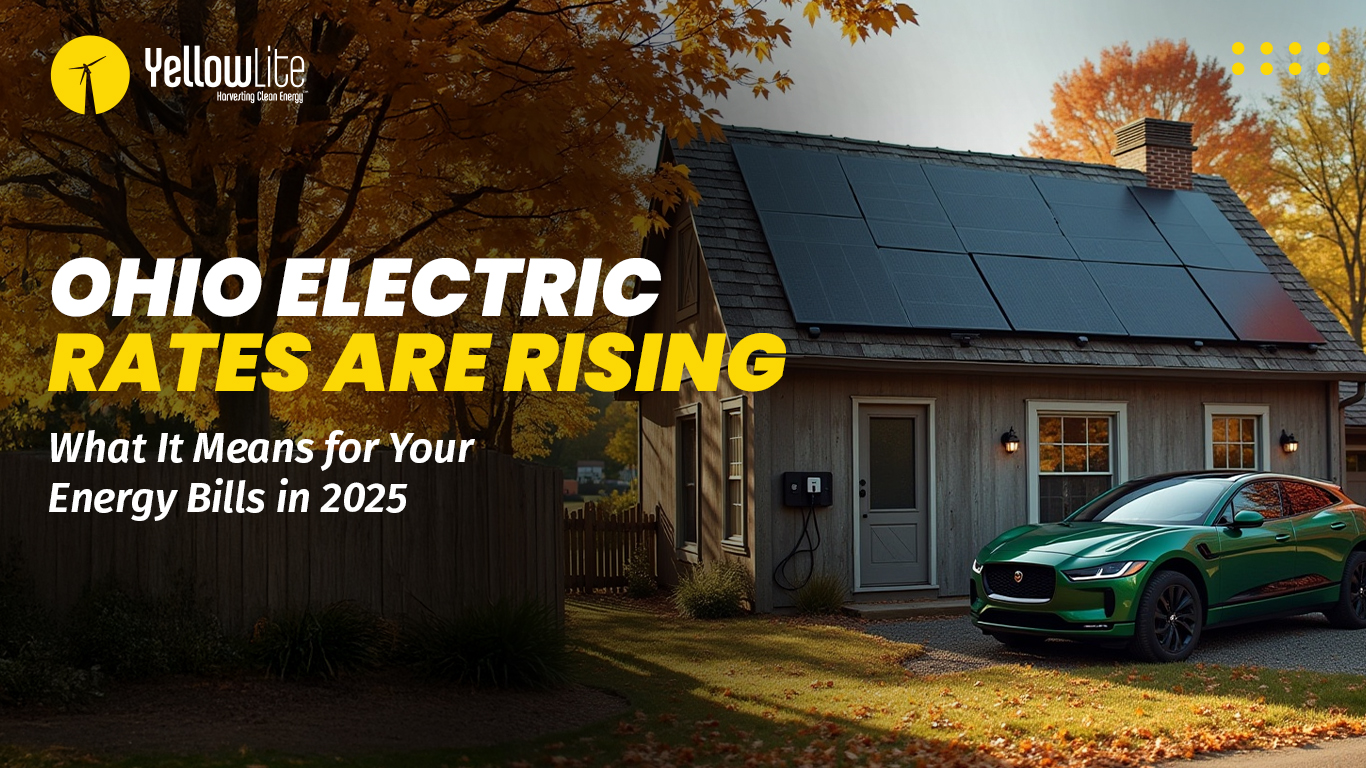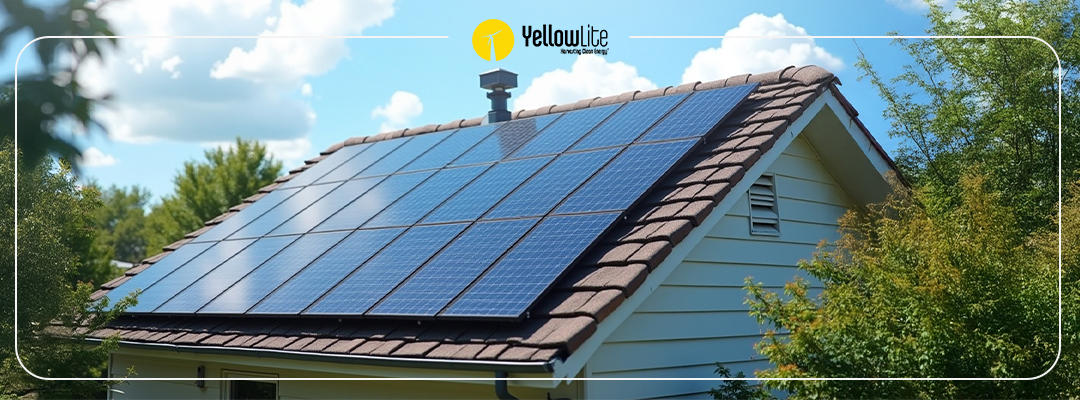By Mattie DeDoes
Hold it. Big-box superstores good for the environment? That can’t be right. You’re telling me the IKEA down the street can help make the entire neighborhood more sustainable? There’s enough wood there to rebuild three entire forests (with no help from the IKEA instructions, of course).
Well, a recent report from Environment America, entitled Solar on Superstores, indicates that the installation of rooftop solar energy systems on large chain retail buildings has tremendous potential for power production.
While the solar capacity of the United States has grown rapidly in recent years (100 times what it was ten years ago), solar energy’s contribution to our overall electricity generation profile still pales when stacked up against the ongoing, heavy dependency on fossil fuels like coal and natural gas. In order for solar energy to make a larger, more significant impact, new markets and opportunities for solar installations must continue to be sought. While there are some large retailers who have begun to explore the benefits of solar power for themselves and their community, this first-of-its-kind Solar on Superstores report illustrates that big-box stores provide a largely untapped, and quite ideal, market for solar installations. Moreover, this is one direction that could have an extraordinary impact on the nation’s goals in environmental sustainability.
Where We Stand Today
In late 2015, SEIA (Solar Energy Industries Association) published the fourth installment of its annual Solar Means Business report, which examines commercial solar projects across the United States. The SEIA report is not a comprehensive look at all solar installations, as the small systems powering many small businesses are not included. However, this overview does include data on every installation for most of the country’s largest companies, including Apple, Costco, and Verizon.
The Solar Means Business report states that the sampled companies accounted for 1,686 solar energy systems totaling 907 MW, enough power for about 158,000 American homes. This total is up 59% from the findings of the 2014 report, indicating significant and rapid growth in the deployment of solar applications in the commercial sector. Walmart led the way in terms of both total capacity (142 MW) and number of installations (348), with Target, Costco, and IKEA also high on both lists. With the continued decline in the prices of solar installations, more and more businesses are realizing the financial advantages of renewable energy generation, in addition to the environmental benefits.
Where We Could Be
While significant progress has been made in recent years, the potential for clean energy generation offered by grids installed on large retail stores is even more astounding. Because their rooftops are almost always flat, vacant, and exposed to direct sunlight, big-box stores present a great location for effective, large-scale solar energy generation.
The approximately 102,000 stores considered in Environment America’s report sit beneath a grand total of 4.5 billion square feet of rooftop area, on which solar panels could be housed. If, theoretically, the entirety of this area were to be covered with photovoltaic solar panels, the total capacity would be 62.3 gigawatts.
To put that in perspective, that’s more than double the current photovoltaic capacity of the entire United States, enough to power 7 million homes; or, if you were to choose, 51 trips through the space-time continuum in Doc Brown’s DeLorean (Great Scott!).
The installation of these 62.3 GW would prevent the emission of nearly 57 million metric tons of global warming pollutants annually, equivalent to removing 12 million passenger vehicles from the road. In addition, benefits derived from distributed generation - having independent power stations located throughout a network, rather than one central power plant - would be significant. Employing this strategy would go a long ways towards reducing losses from aggregate energy transmission, which totaled 203 million megawatt-hours in 2012.
As alluded to above, solar installations are also advantageous for companies' bottom lines. The report projects that the potential solar energy produced could save those particular businesses a total of $8.2 billion per year on their present electricity bills.
In order to achieve a scenario of this sort , with widespread utilization of these retail roofs, the report stresses the need for policy support at all levels of government. Those issues that garner particular mention include:
- Net metering
- Solar energy tax credits
- Financing programs such as PACE (Property Assessed Clean Energy)
- "Community Solar" - where property owners invest in a solar installation and receive credit for a share of the electricity produced
- Affordable permitting fees
- Enforcing the requirements of the Clean Power Plan
While covering every inch of big-box retail roofs with solar panels may be a bit of a pipe dream, the Solar on Superstores report clearly illustrates the energy possibilities in exploiting these locations. If these types of companies, with their facilities that occupy such broad acreage, can be urged to develop on-site photovoltaic power generation, the benefits to both the businesses themselves and their surrounding communities would be dramatic. While huge investments in this direction would be outstanding, even simple steps toward medium- and long-range development of renewable energy is a positive move toward a better future.
Interested in learning more about YellowLite’s renewable energy solutions? Reach out to us today to learn more.



